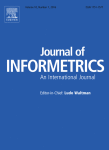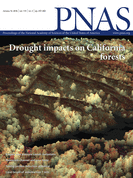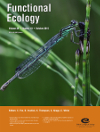

We all know replicability is a problem – consistently, many papers in various fields fail to replicate when put to the test. But instead of testing findings after they’ve gone through the rigorous and laborious process of publication, why not verify them beforehand, so that only replicable findings make their way into the literature? That is the principle behind a recent initiative called The Pipeline Project (covered in The Atlantic today), in which 25 labs checked 10 unpublished studies from the lab of one researcher in social psychology. We spoke with that researcher, Eric Uhlmann (also last author on the paper), and first author Martin Schweinsberg, both based at INSEAD.
Retraction Watch: What made you decide to embark upon this project? Continue reading What if we tried to replicate papers before they’re published?







